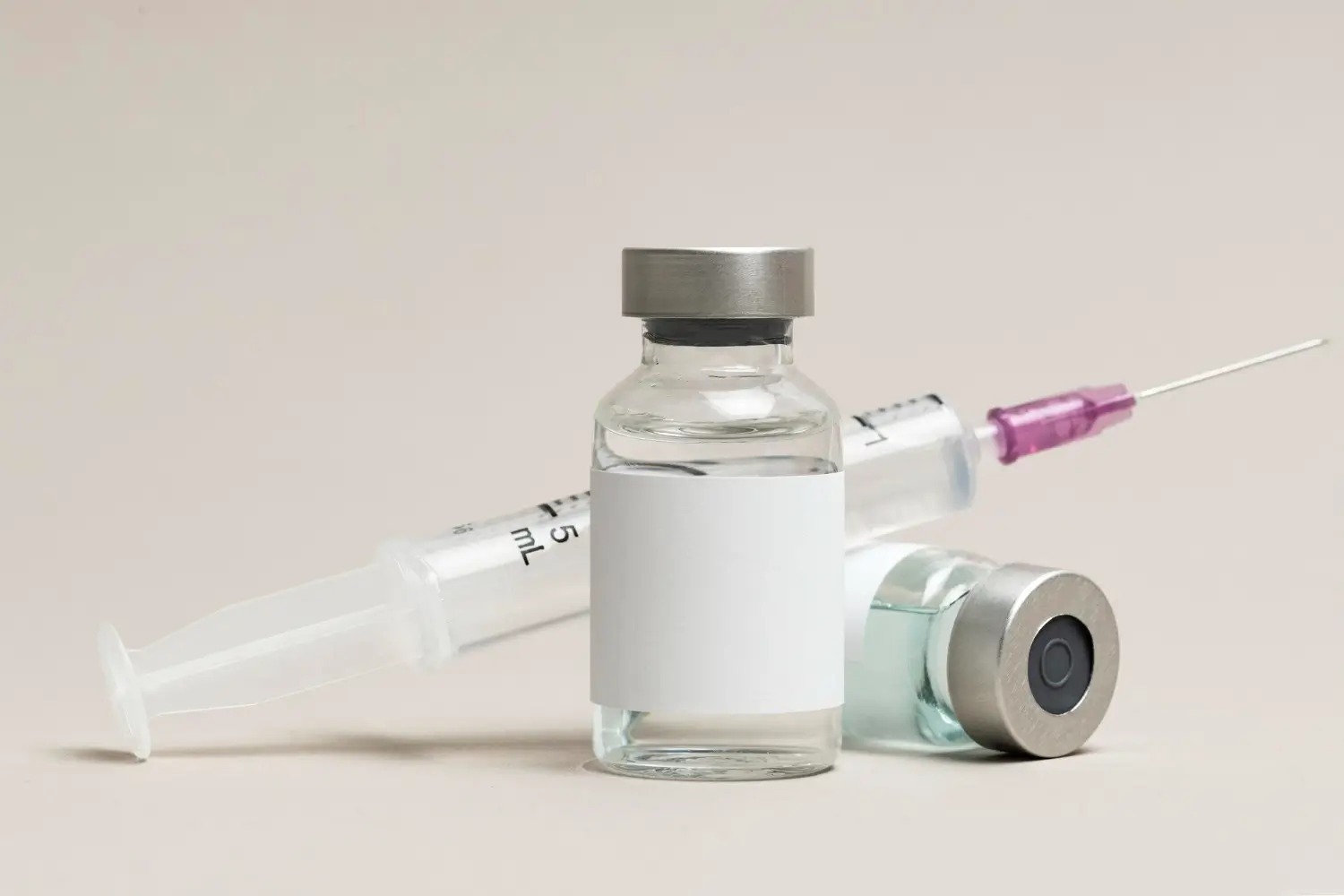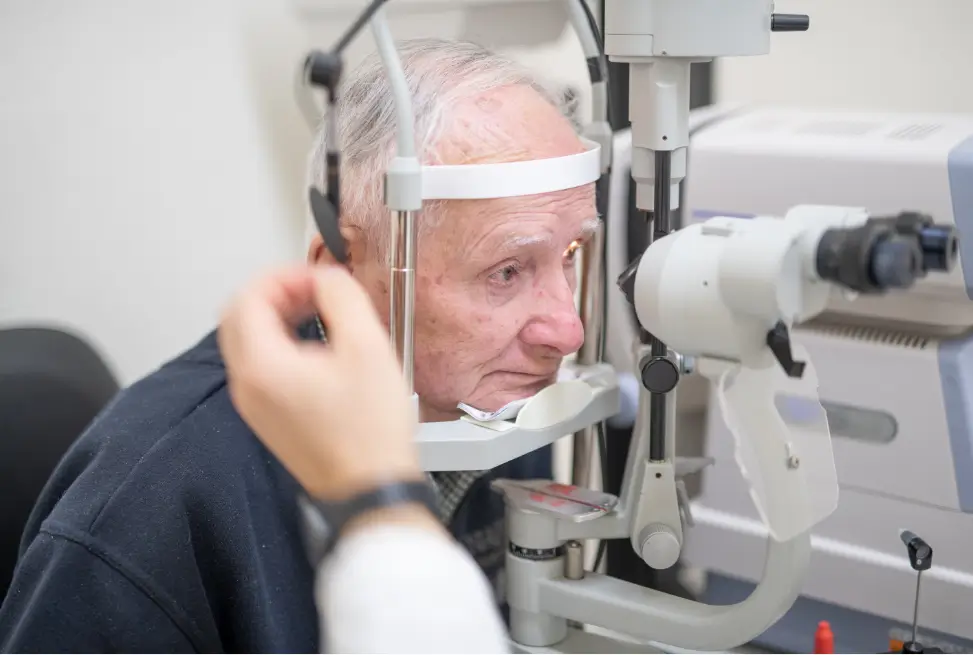FDA approval is essential for ensuring the safety, efficacy, and reliability of injectable treatments in medical practice. Through its stringent drug review process, the FDA requires all injectable medications to undergo extensive clinical trials assessing their effectiveness and potential risks before they become available to patients. This rigorous oversight protects public health by preventing unsafe or ineffective therapies from entering the market.
Vabysmo represents a breakthrough FDA-approved therapy for retinal diseases. Its innovative dual-target mechanism, which inhibits both VEGF-A and Ang-2 pathways, enhances vascular stability and reduces inflammation, contributing to improved clinical outcomes. The approval of Vabysmo reflects robust research and promising patient results, positioning it as a leading option in advanced retinal care.
This article will examine Vabysmo’s FDA approval status, its impact on ophthalmology, and essential information patients should consider before pursuing this treatment.
Key Takeaways
- Vabysmo is FDA-approved for treating neovascular age-related macular degeneration (nAMD), diabetic macular edema (DME), and macular edema following retinal vein occlusion (RVO), marking it as a versatile option in retinal disease management.
- Its dual-target mechanism inhibits both VEGF-A and Angiopoietin-2 (Ang-2), providing enhanced vascular stability and reducing inflammation beyond the effects of traditional anti-VEGF therapies.
- Clinical trials, such as TENAYA, LUCERNE, YOSEMITE, RHINE, BALATON, and COMINO, demonstrated Vabysmo’s comparable or superior efficacy, with the benefit of extended dosing intervals of up to 16 weeks, lowering the treatment burden.
- The Vabysmo administration protocol is flexible, allowing ophthalmologists to tailor injection frequency based on patient response and disease activity, enhancing patient adherence and outcomes.
- Vabysmo’s safety profile is robust, with no unexpected adverse events reported in trials, reinforcing its suitability for long-term use in diverse retinal conditions.
- The expanded FDA approvals reflect ongoing advancements in retinal care, positioning Vabysmo as a promising first-line therapy for patients seeking effective and less frequent intravitreal injections.
About: Medical Spa RX provides medical practices with premium products at the best prices. If you’re looking to buy Vabysmo online for your practice, the sales representatives at Medical Spa RX can give you guidance.
Initial FDA Approvals for Vabysmo: nAMD and DME
In January 2022, the FDA approved Vabysmo for the treatment of neovascular age-related macular degeneration (nAMD) and diabetic macular edema (DME), two of the most common causes of vision loss worldwide. Prior to Vabysmo, standard care involved frequent anti-VEGF injections, often monthly, to maintain disease control and visual acuity.

Vabysmo introduced an innovative dual-target mechanism, inhibiting both VEGF-A and Angiopoietin-2 (Ang-2) pathways. This enables extended dosing intervals of up to 16 weeks for some patients, significantly reducing the treatment burden while maintaining efficacy.
The FDA based their approval on pivotal clinical trials demonstrating non-inferior visual outcomes compared to aflibercept, a widely used anti-VEGF agent. These studies also validated Vabysmo’s safety profile, confirming its place as a groundbreaking advancement in retinal disease management.
Expanded Approval for RVO and Broader Indications
In October 2023, the FDA broadened Vabysmo’s approval to include macular edema following retinal vein occlusion (RVO), which causes sudden vision impairment due to blocked retinal veins. This expanded indication covers both branch retinal vein occlusion (BRVO) and central retinal vein occlusion (CRVO).
This decision was supported by results from the BALATON and COMINO Phase III trials, which showed significant improvements in visual acuity and retinal anatomy comparable to aflibercept.
With these approvals, Vabysmo now treats a spectrum of retinal vascular conditions—nAMD, DME, and RVO—making it a versatile and effective therapeutic option for retina specialists worldwide. Its consistent performance across diseases highlights its growing prominence in clinical practice.
Clinical Trials Supporting Vabysmo’s Regulatory Approvals
Vabysmo’s FDA approvals rest on robust evidence from multiple large-scale Phase III trials:

- TENAYA and LUCERNE (for nAMD): Demonstrated non-inferior vision gains compared to aflibercept, with dosing intervals up to 16 weeks.
- YOSEMITE and RHINE (for DME): Confirmed both efficacy and safety in a diabetic patient population, with similar dosing flexibility.
- BALATON and COMINO (for RVO): Proved that Vabysmo could restore visual function in patients with macular edema due to vein occlusion.
Across these trials, more than 3,000 patients were studied globally. Key findings included:
- Durable treatment response with fewer injections over time.
- Similar or improved anatomical outcomes (e.g., central subfield thickness).
- No new or unexpected safety concerns reported during trial periods.
These results provided the scientific foundation needed for FDA regulatory reviews and approval decisions.
Why Vabysmo’s Dual-Target Approach Matters in Practice
Unlike conventional anti-VEGF agents that block only VEGF-A, Vabysmo is a bispecific monoclonal antibody targeting both VEGF-A and Ang-2. This dual inhibition offers several practical benefits:
- Enhanced retinal vascular stability by reducing leakage, swelling, and inflammation, thereby supporting longer-term eye health.
- Extended dosing intervals enable patients to receive injections every 12 to 16 weeks, significantly improving convenience and adherence compared to monthly treatments.
- Improved disease control by addressing multiple pathological pathways involved in retinal vascular diseases, optimizing clinical outcomes even in complex cases.
The Vabysmo administration process is both effective and adaptable, allowing retina specialists to tailor treatment intervals based on disease activity and patient response, ultimately aiming for the best long-term visual outcomes.
Conclusion
The FDA’s progressive approvals of Vabysmo—from nAMD and DME to RVO—mark a shift in retinal disease treatment. Its dual-target mechanism and extended dosing intervals address limitations of traditional therapies.
For clinicians, Vabysmo provides a more adaptable option for patients who may not respond well to single-pathway drugs. For patients, fewer injections and sustained visual benefits enhance quality of life. As real-world data emerges, Vabysmo may become a first-line choice for retina specialists, thanks to its broad indications and strong safety profile.
FAQs
1. What is Vabysmo approved to treat?
Vabysmo is FDA-approved for neovascular age-related macular degeneration (nAMD), diabetic macular edema (DME), and retinal vein occlusion (RVO).
2. How often do patients need Vabysmo injections?
Depending on disease activity, injections may be given every 4, 8, 12, or 16 weeks after the initial loading phase.
3. How does Vabysmo differ from other anti-VEGF drugs?
It is a bispecific antibody targeting both VEGF-A and Ang-2, offering a dual approach to disease management.
4. Is Vabysmo safe for long-term use?
Clinical trials and post-marketing surveillance have shown a favorable safety profile with no new major safety concerns.
5. Who manufactures Vabysmo?
Vabysmo is developed and marketed by Genentech, a member of the Roche Group.
6. Are there alternatives to Vabysmo?
Yes. Common alternatives include aflibercept (Eylea), ranibizumab (Lucentis), and bevacizumab (off-label use).
7. Can Vabysmo be used in both eyes?
Yes, but treatment decisions should be made based on individual patient evaluation by an ophthalmologist.
References
FDA. The FDA’s Drug Review Process: Ensuring Drugs Are Safe and Effective. U.S. Food and Drug Administration. Published November 24, 2017. https://www.fda.gov/drugs/information-consumers-and-patients-drugs/fdas-drug-review-process-ensuring-drugs-are-safe-and-effective
EMMA International. How the FDA Regulates Cosmetic Injectables. Published June 10, 2024. https://emmainternational.com/how-the-fda-regulates-cosmetic-injectables/





















